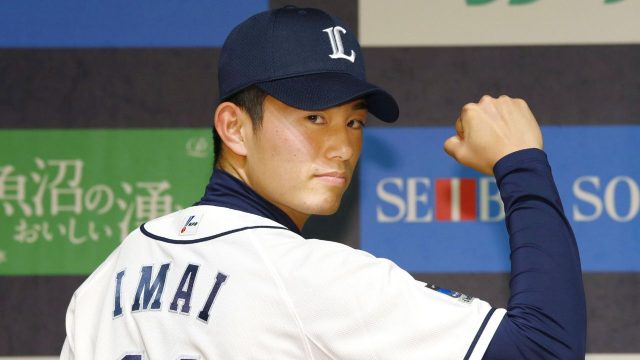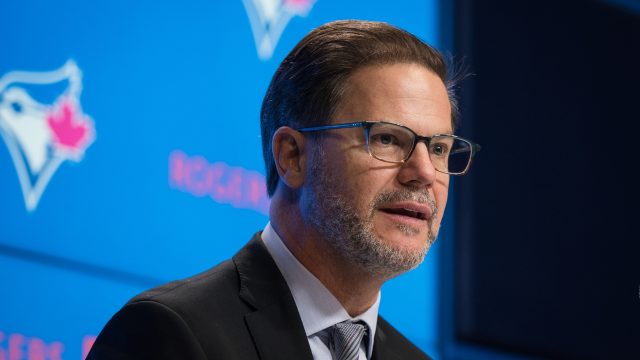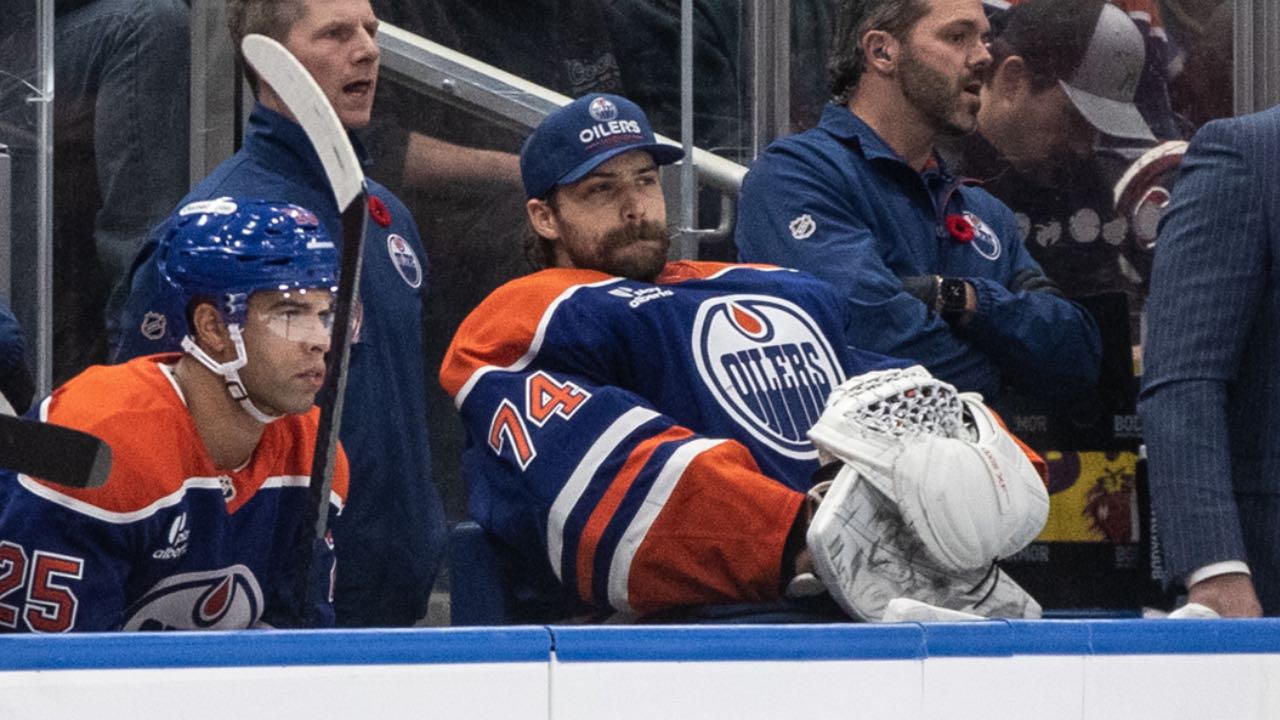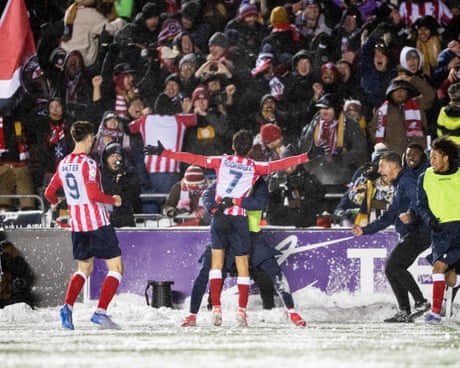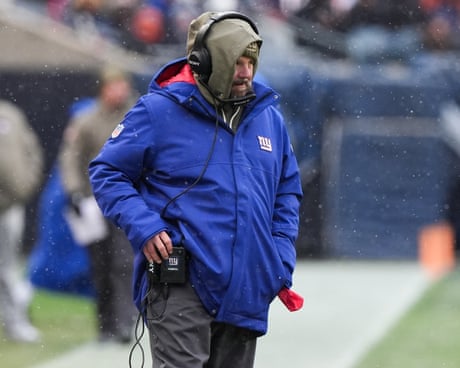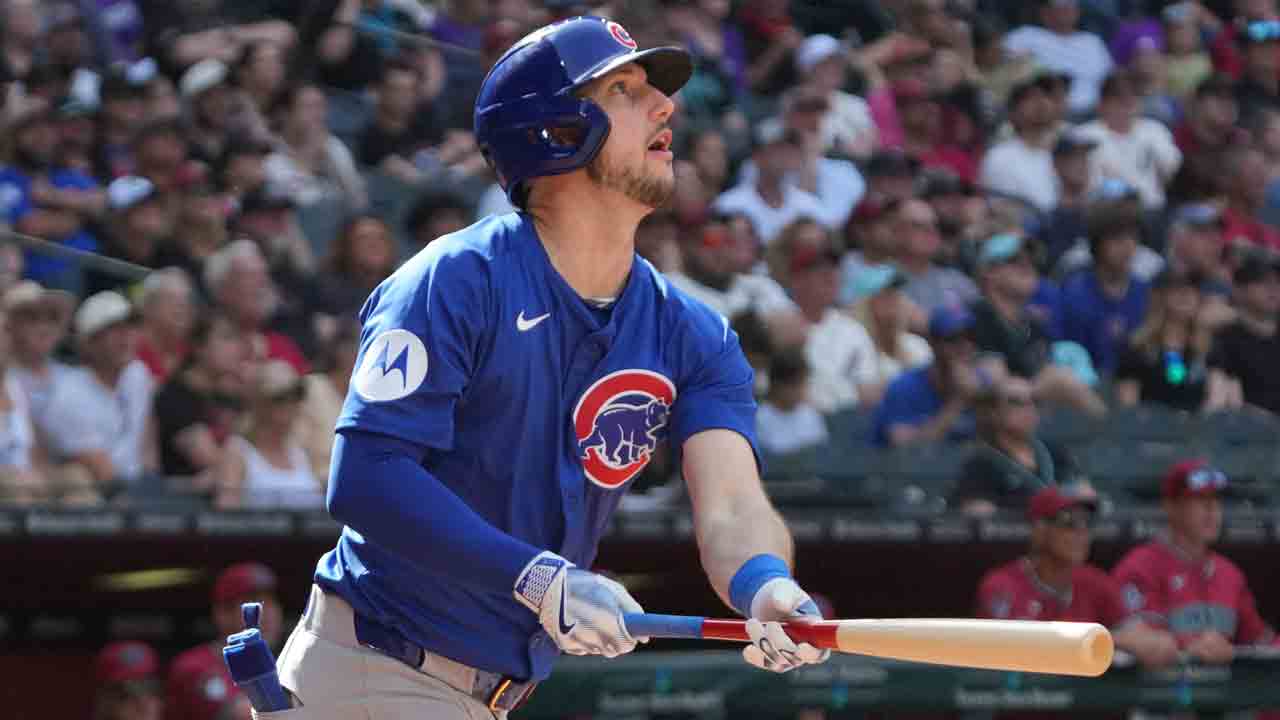
TORONTO – Speaking at Rogers Centre late last week, GM Ross Atkins didn’t reveal much detail about the Blue Jays’ off-season plans.
Like many of his peers, Atkins often chooses to speak broadly, relying on generalities like ‘we want to get better’ or ‘we’ll stay open-minded.’ The approach keeps fans guessing, but it’s also harder for opponents to anticipate the Blue Jays’ next moves – and that’s typically the point.
After building the American League’s best team in 2025, the challenge now becomes creating a roster capable of returning to the sport’s biggest stage. And while Atkins might not say much publicly, he’s now entering his 11th offseason as Blue Jays GM, so there’s a long track record that hints at what’s ahead.
For instance: three weeks before the 2025 trade deadline, I looked back at Atkins’ previous summer moves and concluded that “the Blue Jays tend to make three or more trades when they’re buyers (and) they tend to add multiple pitchers and one bat, ideally with additional years of control.” As anticipated, Atkins then followed that template closely, adding Shane Bieber, Seranthony Dominguez, the controllable Louis Varland and Ty France.
While executives travel to Las Vegas for the upcoming GM Meetings Tuesday and Wednesday, let’s consider what lessons past off-seasons suggest about the 2025-26 winter:
Expect the Blue Jays to be linked to big names
While some teams avoid elite free agents, that’s not the Blue Jays. Their pursuits of Shohei Ohtani and Juan Soto are well chronicled, and on a slightly smaller scale, they’ve shown genuine interest in the likes of Corey Seager, Max Fried and Corbin Burnes. At minimum, these pursuits broaden the Blue Jays’ understanding of the overall market, but in many cases, there’s real mutual interest.
Applied to this off-season: In a sense, the Blue Jays have already started their off-season shopping by locking up Vladimir Guerrero Jr. to a $500 million deal that keeps him off the open market and securing Shane Bieber for 2026. But history tells us the Blue Jays will continue engaging with some big names, starting with Bo Bichette.
Expect the Blue Jays to have some interest in Kyle Tucker, the top position player available, as well as the top three starters available: Framber Valdez, Dylan Cease and Ranger Suarez (Cease and Suarez are clients of agent Scott Boras, with whom Atkins has completed deals for the likes of Max Scherzer, Yusei Kikuchi and Hyun Jin Ryu). The real question is whether genuine mutual interest emerges from those preliminary conversations, many of which will take place in Las Vegas this week.
The Pacific Rim matters a lot
Shohei Ohtani liked the Blue Jays’ pitch well enough to take their swag bag and keep it in his garage for a couple years. Roki Sasaki said last month that he was “definitely” close to a deal with the Jays before choosing the Dodgers. Those near misses weren’t accidents, but rather the reflection of a deliberate organizational approach to understanding the Japanese and Korean markets as well as possible.
Applied to this off-season: As part of their diligence in Japan, the Blue Jays have had eyes on Munetaka Murakami for years (he’s represented by the same agency as Tucker). The powerful corner infielder has officially been posted while Seibu Lions right-hander Tatsuya Imai is expected to be posted soon. There are question marks around Murakami’s swing-and-miss and Imai’s relatively short track record as an elite starter, but both will be extremely coveted this winter.
League sources expect the price on Imai will likely be well over $100 million – and he may well be worth it – but there are also more affordable options from the Pacific Rim including Cody Ponce, the former Pirates right-hander who could get a multi-year deal after dominating in the KBO and Foster Griffin, the one-time Blue Jay who might return to MLB after thriving with the Yomiuri Giants. The Blue Jays will have some level of interest in each player, as you’d expect given their Pacific Rim presence.
Patience may be required
In January of 2023, the Blue Jays signed Brandon Belt and Chad Green. In January of 2024 they signed Yariel Rodriguez and Justin Turner (followed by Daniel Vogelbach in February and Joey Votto in March). In January of 2025, they signed Jeff Hoffman, Anthony Santander and Max Scherzer.
Simply put, this is a front office that’s comfortable waiting deep into the winter to make moves.
Applied to this off-season: Chances are good that the Blue Jays will flip the calendar to 2026 with some significant needs remaining. For instance, the longer Bichette’s free agency drags on, the longer the Blue Jays will likely wait to fill out their bench, as doing so will ensure the most complementary fits possible. And back-end starters often sign in January, too. But waiting isn’t necessarily a bad thing – especially for a roster like this that has many key players locked up already.
Some of the biggest impact comes from unexpected places
Myles Straw was considered a means to an end (Sasaki), and Eric Lauer‘s minor-league deal barely registered last off-season, but both players ended up being major parts of the Blue Jays’ success in 2025. Off the field, the decision to restructure the team’s hitting department with newcomers David Popkins and Lou Iannotti quietly made a big difference, too. Conversely, Santander was a far smaller part of the team’s success than anticipated, despite receiving the biggest financial commitment of all.
Applied to this off-season: The Blue Jays need to connect on some of their big off-season swings, but the right minor-league signing or discarded reliever can make a huge difference, too.


